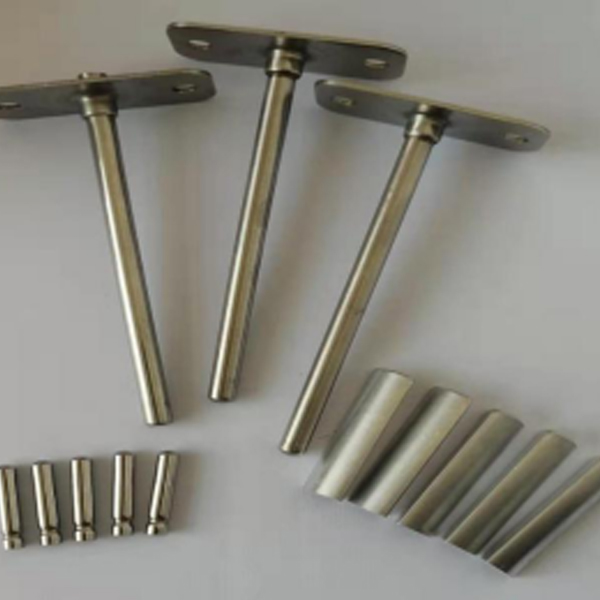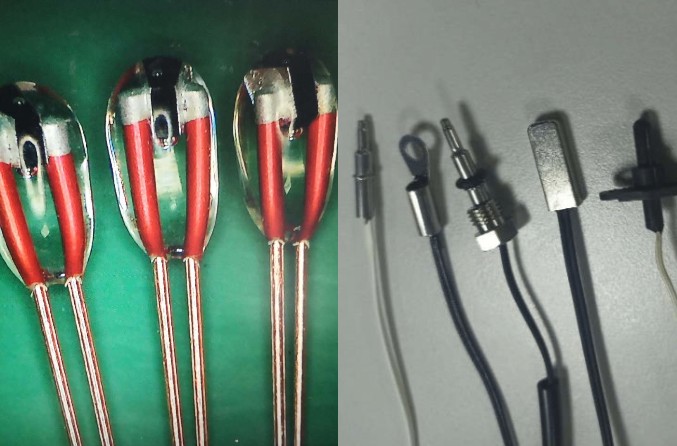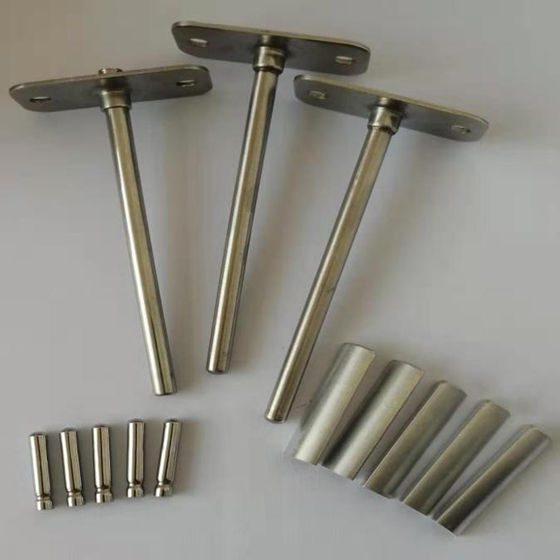Whether in industrial settings, scientific research, or consumer electronics, accurate temperature measurement is increasingly vital for safety and optimal performance. And the thermal sensor housing is the key to providing protection, stability, and reliability to temperature sensors.
Importance of Temperature Sensor Housing
The temperature sensor housing shields the sensor from various external elements like moisture, dust, chemicals, electromagnetic interference, and physical impact that could potentially affect its performance and lifespan. Acting as a protective barrier, the sensor's delicate internal components avoid exposure to harsh environmental factors and minimize the risk of damage or malfunction.
Furthermore, the temperature sensor housing is more than just a protective casing for a sensor, and it also provides a controlled and stable environment for the sensor. This helps to reduce temperature fluctuations and gradients, resulting in precise and consistent measurements. By ensuring stable thermal contact between the sensor and the measured object, thermal sensor housing facilitates accurate temperature readings and reliable data acquisition.
Factors to Consider When Choosing a Thermal Sensor Housing
When selecting a thermal sensor housing for a specific application, several key factors should be taken into account:
Temperature Range: Ensure that the housing can withstand the required temperature range of your application. Consider both the operating temperature and any potential temperature extremes the housing may encounter.
Environmental Conditions: Evaluate the environmental conditions in which the housing will be exposed, including humidity, dust, vibration, and potential chemical exposure. Choose housing that provides adequate protection against these factors.
Material Compatibility: Consider the compatibility between the housing material and the sensor. Ensure that the housing material is compatible with the substances or gases during operation and does not interfere with the sensor's functionality or introduce any measurement errors.
Design Flexibility: Assess whether the housing allows for customization options, mounting alternatives, and integration possibilities into existing systems. Depending on your specific requirements, determine if the housing can be tailored to accommodate any unique features or mounting configurations.
Deep Drawn Housing: A Specialized Solution
Deep drawing is a metal-forming process that involves the transformation of a flat sheet of material into a three-dimensional shape, allowing for intricate designs and precise specifications. This manufacturing technique enables the creation of seamless, precision-engineered sensor housings with tight tolerances and high dimensional accuracy.
Seamless Construction: Deep drawn housings are formed from a single piece of metal, resulting in a seamless and robust structure. This eliminates the need for additional joints or seams as well as the risk of leakage or weak points. And the exceptional structural integrity also enables it to withstand demanding environmental conditions and mechanical stresses.
Design Flexibility: The deep drawn process enables the creation of more highly customizable shapes and sizes tailored to fit diverse applications and sensor types. This flexibility allows for optimal integration of the sensor into various applications, ensuring a perfect fit and maximizing performance.
Cost-Effective Production: Deep drawn housing offers cost advantages, especially for large-scale production. The manufacturing process is highly efficient, resulting in reduced material waste and shorter production times, ultimately lowering overall costs.
Applications of Thermal Sensor Housing
Automotive:Thermal sensor housing is used in automotive applications for temperature monitoring of engines, exhaust systems, and HVAC (Heating, Ventilation, and Air Conditioning) systems. It ensures accurate and reliable temperature measurements, contributing to optimal performance and efficiency.
Industrial Processes: In industrial settings, thermal sensor housing is employed for monitoring temperature in manufacturing processes, such as metalworking, chemical production, and food processing. Accurate temperature control is crucial for maintaining product quality, ensuring safety, and enhancing overall productivity.
Medical and Healthcare: Thermal sensor housing is utilized in medical devices and healthcare equipment for precise temperature monitoring, such as in incubators, refrigerators, and blood storage systems. It helps maintain the ideal temperature conditions critical for preserving samples and ensuring patient safety.
Conclusion
Thermal sensor housing plays an important role in accurate measurements, durability, and optimal performance in various applications and settings. Looking for a professional and reliable temperature sensor solution? Partner with Horle to elevate your project to the next level!









